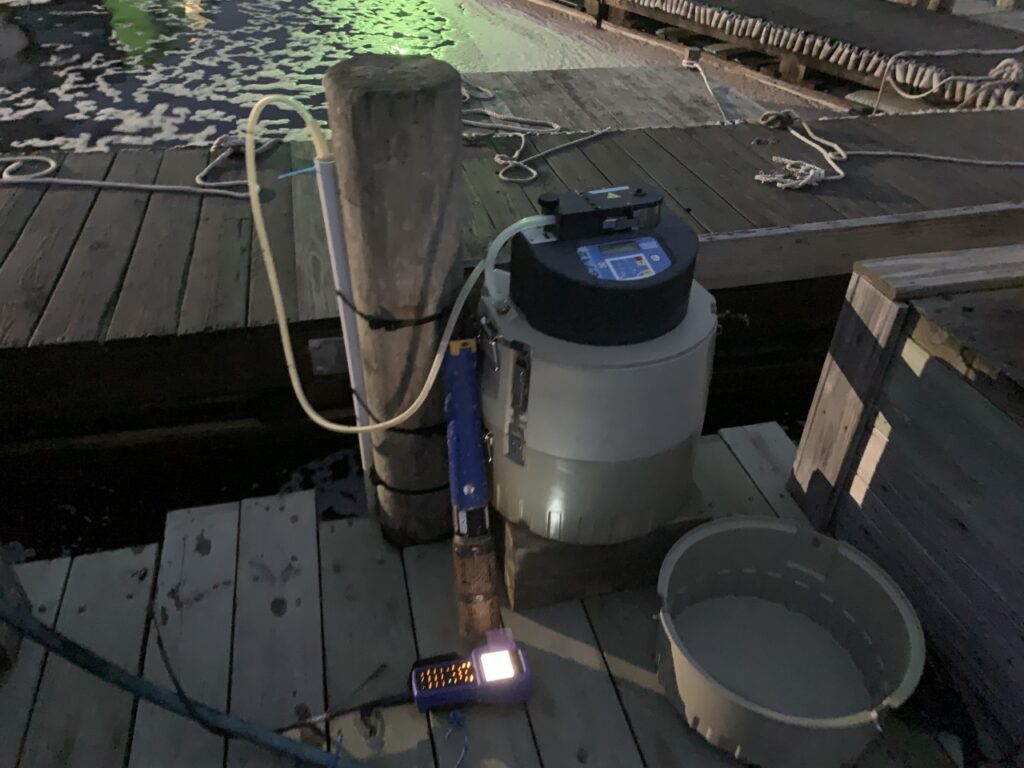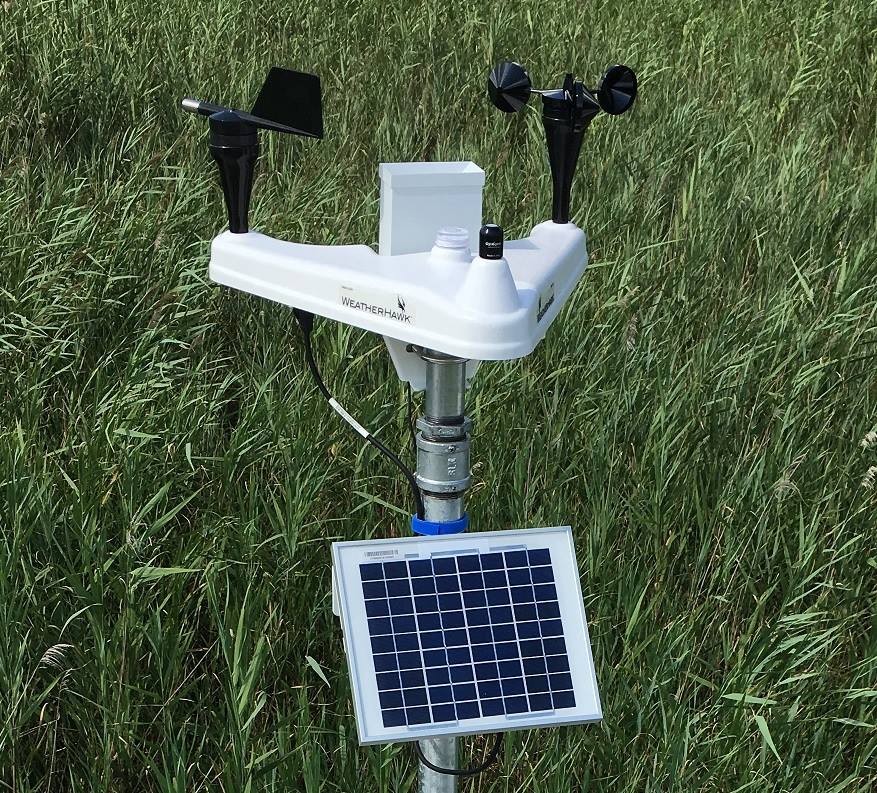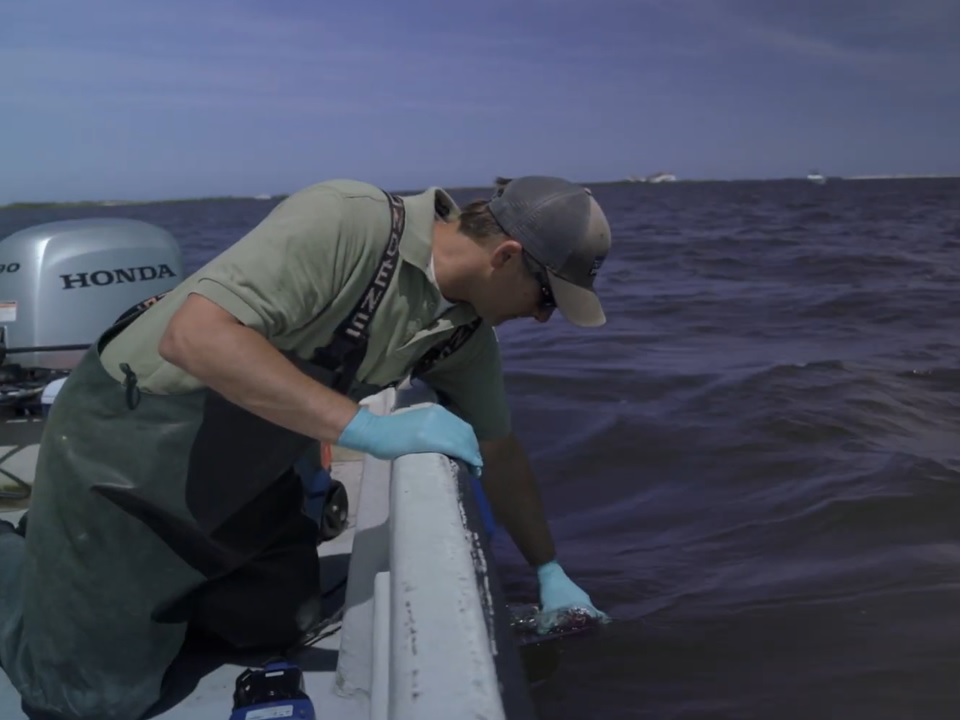Main Content

The NERRS System-Wide Monitoring Program (SWMP) is a network of monitoring stations among the 30 NERRS. Each reserve carries a minimum of four water-quality stations and one meteorological station. The water-quality stations are arranged along the salinity gradient of the Mullica River-Great Bay estuary; the easternmost station (“Buoy 126”, a.k.a. jacb6) is located near the mouth of the Little Egg Inlet, and the westernmost station (“Lower Bank”, a.k.a. jacba) is located far up the Mullica River at the freshwater interface between the river and estuary at low tide. These stations are permanent and monitoring is continuous, occurring at 15 minute intervals. Monthly nutrient sampling is conducted at the four water-quality stations; the results of this sampling is then correlated with the conditions recorded at these stations as well as the weather data collected at the meteorological station.

History and Data Availability
SWMP water-quality monitoring has been conducted at the reserve since 1996, and meteorological monitoring has been conducted since 2002. The nutrient sampling program was implemented in 2002. SWMP data and metadata reports are publicly-available and free of charge at www.nerrsdata.org ; various graphing and download functions are offered at this site, as well as real-time data from select (the meteorological and some water-quality) stations.

Other Monitoring
The JC NERR has also expanded its environmental monitoring beyond SWMP with on-demand monitoring efforts (such as a NOAA-sponsored temporary tide station to establish a tidal datum for the Tuckerton Peninsula) as well as a permanent “WeatherHawk” meteorological station in the reserve’s educational Grassle Mash. Data from these stations are available upon request and have been used by a number of visiting researchers and students. Please reach out to Gregg Sakowicz (SWMP Technician and Field Researcher) at sakowicz@marine.rutgers.edu for any and all data requests.

SWMP Supports Research
Environmental data from these SWMP stations (as well as the associated biological nutrient sampling program) provide a foundation to which other monitoring and research (the JC NERR’s own, as well as that of partner programs such as Rutgers University, Stockton University, the New Jersey Department of Environmental Protection, and others) can be correlated. This “place-based” approach has yielded many valuable lessons and products (see list of publications (link to publications document here)) since the program’s implementation at the JC NERR.